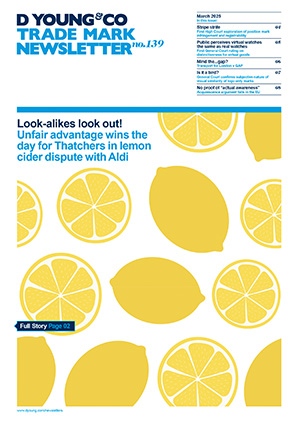Virtual v real: EUIPO draws the line
In a recent decision, the opposition division of the EU Intellectual Property Office (EUIPO) has ruled that virtual and real-world goods cannot automatically be considered similar.
The case arose when UAE-based Artessence FZC opposed an application by Italian luxury retailer Vinicio SRL for a trade mark covering both retail services for physical and virtual goods, such as cosmetics and soaps for use in virtual reality (for example, in the metaverse).
Artessence, which holds a trade mark for perfumes and cosmetics, argued that there was a likelihood of confusion with Vinicio’s retail services for these virtual goods.
The opposition division disagreed. It emphasised that most of the retail services for virtual goods in class 35 of the application relate to the real-world counterparts of the goods covered by the earlier mark. While they may depict or emulate their real-world counterparts, this is not per se sufficient for a finding of similarity: “It is not a well-known fact whether it is customary to bring together and offer for sale virtual goods and their real-world counterparts through the same distribution channels”.
The decision highlighted that virtual goods are new technologies and that there is no established market practice for linking them to their physical counterparts. Although virtual goods may mimic real-world items this is not sufficient to establish similarity.
The decision essentially came down to the EUIPO not having enough knowledge on the current market practice. Therefore, this does not mean “no” for all future cases. However, it is a reminder for all trade mark owners of their burden of proof in that regard.
Case details at a glance
Jurisdiction: European Union
Decision level: EUIPO
Parties: Artessence FZC v Vinicio SRL
Date: 08 July 2024
Citation: B 3 199 946

